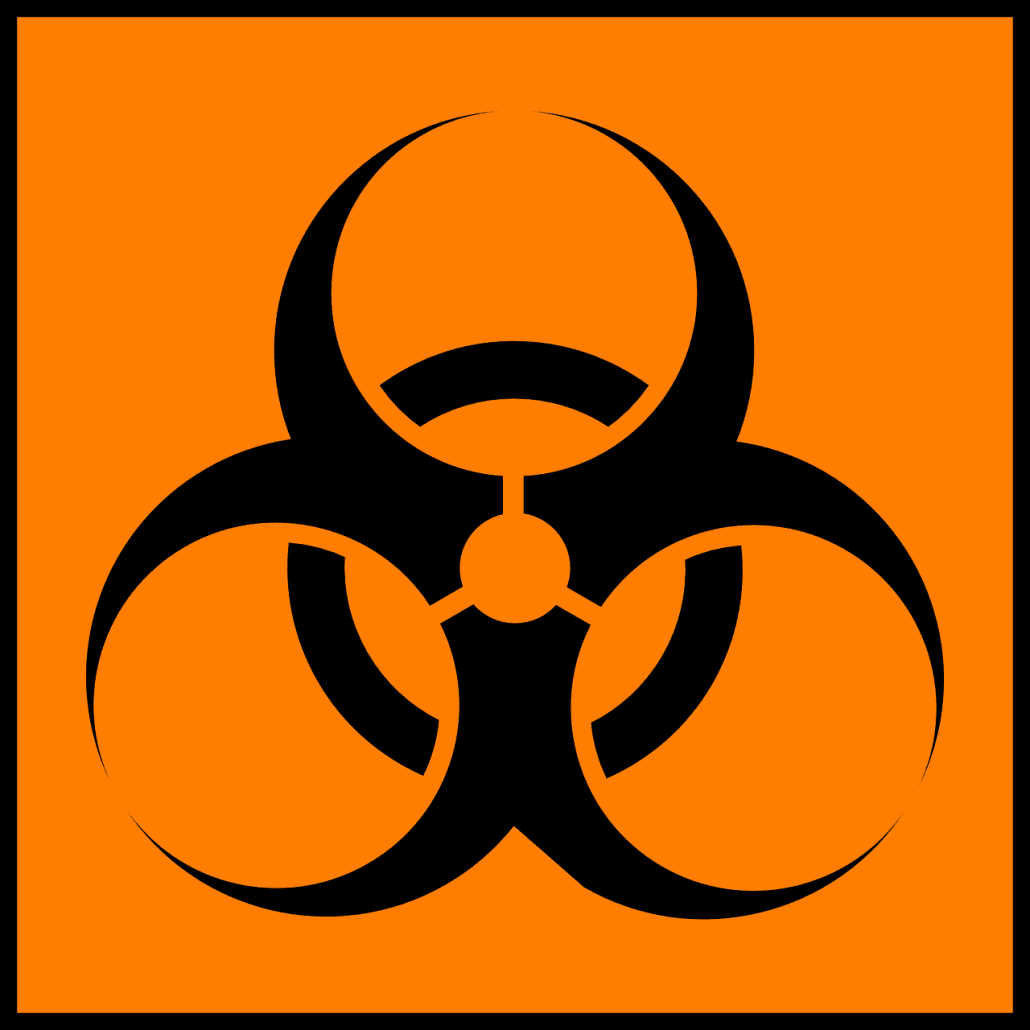Collaboration for Change: Multi-Sector Partnerships in Sustainable Medical and Sharps Waste Management
In the bustling heart of the USA, a silent revolution is brewing. As the world grapples with waste management challenges, the city of Houston stands as a beacon of innovation. The need for sustainable solutions in managing biomedical waste has never been more pressing. The era of isolated efforts is over. The future? A harmonized approach where multiple sectors come together for a common cause: the safe and sustainable management of medical and sharps waste.
1. The Landscape of Biomedical Waste in the USA
The Genesis of the Challenge
The United States produces a staggering amount of medical waste annually. From hospitals to clinics, the aftermath of medical procedures is a labyrinth of discarded sharps, contaminated materials, and other hazardous by-products. But what happens to this waste? Historically, the answers varied, with many solutions proving to be more harmful than beneficial.
Houston’s Pioneering Strides
At the forefront of this challenge, medical waste disposal in Houston offers a glimpse into the future of biomedical waste management. The city’s strategic partnerships, grounded in a collaborative ethos, are paving the way for safer and more sustainable disposal methods.
The Price of Neglect
While the U.S. has made significant advancements, the consequences of neglecting biomedical waste are dire. Contaminated water sources, harm to wildlife, and even human health risks are very real outcomes of mismanaged waste. However, the story doesn’t end there. By understanding the issues, we can forge a path towards effective solutions.
2. Collaborative Ventures: The Power of Partnership
Breaking Silos: Cross-Sector Engagement
Collaboration is no longer a luxury; it’s a necessity. In the realm of biomedical waste management, this means breaking down industry silos and fostering cross-sector engagement. Public institutions, private enterprises, and non-profits are recognizing that combined efforts yield superior results.
Case Study: Houston’s Multi-Sector Approach
In Houston, this collaborative spirit is palpable. Take, for instance, a recent initiative where local hospitals, waste disposal companies, and environmental NGOs teamed up. Their goal? To pilot a program that not only ensured safe medical waste disposal but also promoted recycling and reduced landfill contributions.
The Global Perspective: Lessons from Abroad
While Houston offers a compelling case study, it’s essential to recognize global efforts. Countries like Sweden and Japan provide invaluable lessons on how multi-sector partnerships can revolutionize waste management, with initiatives that blend cutting-edge technology and community engagement.
3. Sustainable Solutions: Beyond the Here and Now
Embracing Technological Innovations
The role of technology in shaping sustainable biomedical waste management cannot be overstated. Advanced incinerators, autoclaves, and microwave treatments are just a few examples of how technology is redefining the industry.
Educating for Change
Beyond infrastructure, there’s an urgent need to cultivate a culture of awareness. By educating healthcare professionals, patients, and the public at large about the importance of proper waste disposal, we can ensure that best practices become second nature.
Policy Implications and Future Directions
As with any significant societal challenge, policy plays a pivotal role. By crafting regulations that prioritize sustainability and safety, we can lay a foundation for lasting change. Moreover, these policies can incentivize innovations, further driving the sector forward.
4. Overcoming Challenges: Navigating the Complex Terrain
Financial Hurdles and Innovative Financing
One of the most significant barriers to sustainable biomedical waste management is financial constraints. Institutions, particularly smaller clinics, often struggle with the costs associated with cutting-edge disposal methods. However, innovative financing models, including public-private partnerships and grants, are emerging as viable solutions.
Regulatory Roadblocks: The Need for Reform
While policies can be powerful drivers of change, they can also be hindrances. Diverse regulations across states, and even cities, can create confusion and inefficiencies. A move towards more standardized, evidence-based regulations can streamline efforts and lead to better outcomes.
Public Perception and Community Engagement
The success of any waste management initiative relies heavily on public buy-in. Misconceptions about biomedical waste and its handling can stymie even the most well-intentioned projects. As such, robust public relations campaigns, transparent communication, and community engagement are crucial.
5. The Green Future: Environmental Considerations in Medical Waste Management
The Carbon Footprint Quandary
While managing medical waste is imperative for public health, it’s essential to consider the environmental implications. Traditional methods like incineration can release significant amounts of CO2. Thus, the quest is to find solutions that are both medically safe and environmentally friendly.
Harnessing Renewable Energy in Disposal
One exciting frontier is the integration of renewable energy into medical waste disposal. By using solar or wind-powered technologies, we can mitigate the environmental impact. Furthermore, some innovative systems are now converting medical waste into energy, creating a closed-loop system.
Ecosystem Impact: Beyond Carbon Emissions
Medical waste doesn’t just affect our atmosphere. Improperly handled, it can wreak havoc on our ecosystems, affecting both flora and fauna. Sustainable practices ensure that our natural habitats remain undisturbed, fostering biodiversity.
6. Looking Ahead: The Road to a Waste-Free World
Models of Excellence: Replicating Houston’s Success
While medical waste disposal in Houston stands out, its successes can be replicated. By studying the city’s strategies, other regions can adapt and tailor them to their unique contexts.
Empowering the Next Generation
The future of biomedical waste management lies in the hands of the next generation. By integrating waste management into medical curricula and fostering research in the area, we can ensure that future healthcare professionals are equipped to lead the charge.
From Local to Global: A Unified Vision
The challenge of medical waste is undeniably global. Yet, solutions often remain localized. By fostering international collaborations and sharing best practices, we can work towards a unified vision – a world where medical waste is a relic of the past.
7. Grounding Principles: Ethics in Medical Waste Management
Patient Safety and Dignity
At the core of medical waste management is the principle of patient safety. Every discarded syringe, every piece of contaminated cloth, has a story behind it – a patient who trusted the healthcare system. Ensuring their safety, even after treatment, is paramount. Moreover, there’s an inherent dignity in ensuring that materials related to a person’s health are treated with the utmost care.
Environmental Stewardship
The responsibility of healthcare extends beyond the walls of the hospital or clinic. It reaches out to the world at large. Environmental stewardship in waste management ensures that while we’re healing patients today, we’re not harming the world of tomorrow.
Transparency and Accountability
In an age where information is at everyone’s fingertips, transparency isn’t just ethical – it’s expected. Institutions must be forthright about their waste management practices, opening the door for constructive feedback and continuous improvement.
8. Conclusion: Charting the Path Forward
The journey towards sustainable biomedical waste management is a complex one, dotted with challenges, innovations, and opportunities. As seen in pioneering regions like Houston, the key lies in collaboration, innovation, and an unwavering commitment to safety and sustainability. By fostering partnerships, harnessing technology, and placing both people and the planet at the heart of our efforts, a waste-free future isn’t just a dream – it’s a tangible, achievable reality.
By looking towards successful models and continuously adapting, we ensure that our healthcare system does no harm, be it to the patients it serves or the world in which it operates. Together, as a united front, we can and will redefine the narrative around biomedical waste, turning challenges into stepping stones towards a greener, healthier future.











Leave a Reply
Want to join the discussion?Feel free to contribute!